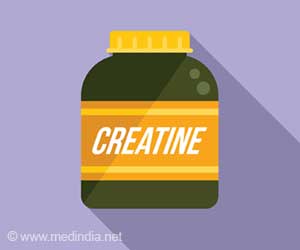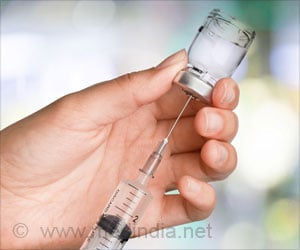Artificial intelligence detects breast cancer four years before its development.
- An AI algorithm can detect breast cancer in women up to four years before it appears, potentially saving lives and allowing for earlier treatment
- This technology is being used successfully in Hungary and is being considered for testing in other countries such as the United States and the United Kingdom
- AI-assisted cancer screening equipment can help radiologists identify abnormalities in mammograms and reduce their workload while increasing cancer detection rates
With the world of research continuously evolving, artificial intelligence has also paved its way and is running long and strong.
Artificial Intelligence- Boon or Bane?
While certain AI discoveries may appear frightening, there are occasions when technological advancements might be highly beneficial.Some types of technology are being utilized to aid in diagnosing illnesses that restrict a person's mobility, and there have also been advancements in the way we employ Artificial Intelligence.
AI is being utilized in cancer screening equipment to detect possible problems before they become harmful.
This technology is currently being used successfully in Hungary, and the United States, the United Kingdom, and the rest of Europe are considering testing it for themselves.
While there are still many obstacles to overcome, this technology has the potential to be a helpful tool for radiologists and, ultimately, a lifesaver.
AI Detects Breast Cancer 4 Years Before it Develops
Dr. Larry Norton of the Lauder Breast Center told me that, while the technology has been around for decades, it is now becoming a useful tool in refining the procedure and identifying potential health risks.He said: "AI is a tool that machines use for looking at images and comparing those images to ones that have already been recorded in the machine to identify abnormalities.”
"This technology can look at mammograms and identify areas a human radiologist may want to look at more carefully."
"It's called computer-assisted detection, it's been around since the late 1990s, but the technology is improving."
Dr. Norton went on to explain how the technology worked, saying, "There are lots of abnormalities that you see; they're changes that are not cancer. You can't call everything cancer because anyone going for a mammogram will need a biopsy. That's not very practical.
"What this work does is identify risk. It can tell a woman ‘You’re at high risk of developing breast cancer' before she develops the disease."
He did, however, emphasize that, while AI had made some amazing advances, this technology was in place to assist human decision-makers rather than to completely replace medical personnel.
"One thing humans can do that machines can't do is order special tests. Things like contrast-enhanced mammograms and MRIs," Dr. Norton said.
"The other thing humans can do is look at previous mammograms and see if there are any changes."
"We've got to think of AI as a tool for helping radiologists look at the images better. It's not a standalone test; it's not going to replace a radiologist."
Building a Simple Machine Learning Model on Breast Cancer Data
According to the New York Times, the usage of this AI technology in breast cancer screening has decreased a radiologist's workload by roughly 30% while raising cancer detection rates by 13%, which seems fantastic.They also note that the AI was tested with some of the most difficult cancer cases, where radiologists had missed the early indicators of breast cancer, and that the AI effectively identified the malignancy.
AI has previously been used to identify lung cancer, and the method has proven to be highly effective.
Source-Medindia
















